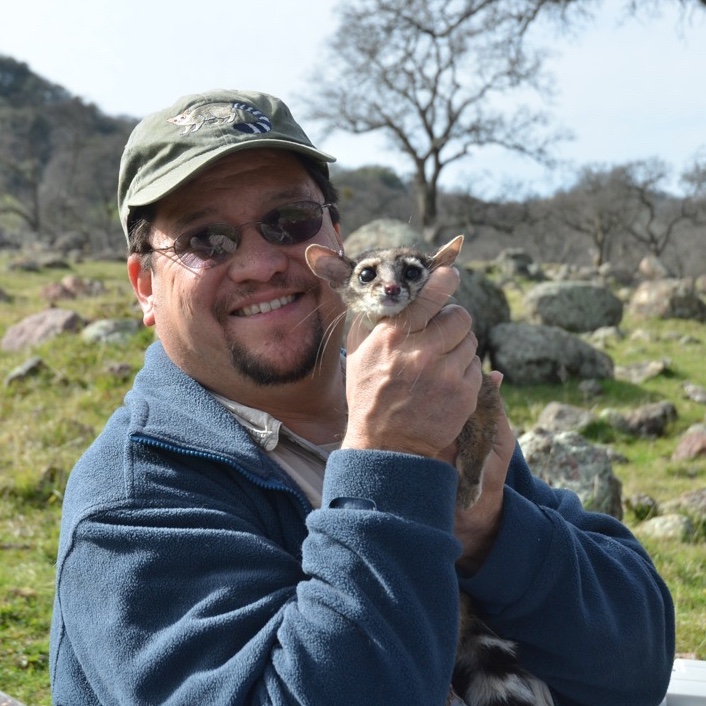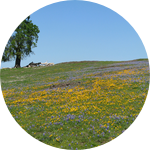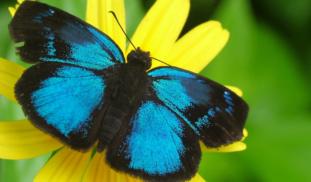Please wait...
About This Project
This project intends to create a major entomology collection housed in Belize and to conduct bat inventories while in Belize. The Maya Mountains of Belize are a biological hotspot located in one of the fastest growing regions of our planet (Central America). Yet, even with this growth, Belize has chosen to protect over one-quarter of their country as parks and preserves! Biological inventories help to better understand these protected areas.
More Lab Notes From This Project

Browse Other Projects on Experiment
Related Projects
How do polar bears stay healthy on the world's worst diet?
Polar bears survive almost entirely on seal fat. Yet unlike humans who eat high-fat diets, polar bears never...
Uncovering hidden insect diversity associated with a likely undescribed gall-forming midge
Does a likely undescribed species of gall-forming midge (pers. comm. Ray Gagné) on Eriodictyon plants (Yerba...
Macrofungi of the California archipelago
The eight islands of the California Archipelago are a well-studied biodiversity hotspot — but we know almost...



